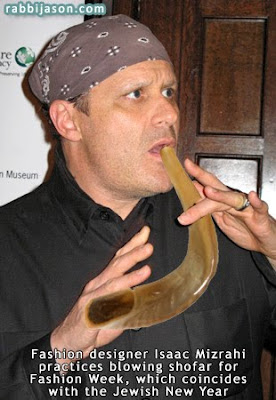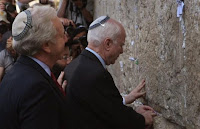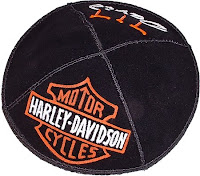A couple weeks ago, my wife and I attended a Purim party. I had no idea what to wear. In past years I was able to figure out what to wear based on the theme. Black tie? Got it covered. Western attire? No problem (jeans, flannel and cowboy hat). 70’s Disco attire? That’s easy (and fun!).
This year, however, the invitation said “Gem Tones.” Say what? I was clueless and my wife wasn’t much help on this one. I started calling other guys to find out what they were going to wear. One friend was more clueless than the next. Were jeans too casual? Did I need a sport coat? Did my outfit have to be certain colors. I don’t think I’ve ever looked in my closet and thought, “Gee, some of my clothes bear a striking resemblance to the tones of gems!” I would have been less stressed had the invitation instructed us to dress like a favorite Disney character (well, there’s always next year!).
It’s usually easy for men to decide what to wear to parties. Weddings are either a black tuxedo or a dark suit. “Casual” can be jeans or slacks and a button-down shirt. I’m really not complaining because I know it’s much more challenging for women.
In this week’s Torah portion, Tzav, the details about the clothing of the priests continues. Even God’s instructions concerning the sacrificial burnt offering have a great deal to do with the special vestments of the high priest, Aaron, and the other priests. “The priest shall dress in linen raiment, with linen breeches next to his body.” After the priest has taken up the ashes of the burnt offering he has to do a costume change. Even the priests’ clothes get anointed with oil and some of the blood from the sacrifice.
The late biblical scholar Nahum Sarna writes about the details of the priestly clothing: “Just as sacred space must be differentiated from profane space, so the occupants of the sacred office must be distinguishable from the laity. Hence, special attire, the insignia of office, is ordained for Aaron, the archetypal High Priest, and for his sons, the priests of lower rank.”
The reason for such minutiae when it comes the clothing of these holy men is l’chavod ultifaret (for dignity, honor, and splendor). The medieval commentator Sforno explains the use of these two Hebrew words. The vestments, he writes, “were for the dignity of God and to lend splendor to the office of the priest so that he would be revered by the people.” I think that the vestments were as much for the dignity of the priests, of the wearer that is, as they were for God’s dignity.
This teaches us that what we wear says a great deal about us. All of these details about the priestly clothing reminds me of the famous dress code that was in effect for many years at IBM. Men had to dress in a dark colored suit, could only wear a white dress shirt, and could select a necktie of any conventional color; so long as it was solid – no patterns. For women, it was mostly the same – A dark, solid colored skirt and a white blouse. IBM believed that the way its workforce dressed portrayed the specific image that they wanted associated with their company. Apparently, they held the belief that it’s “the clothing that makes the man.”
And this belief was just as true in the 1990s, as companies like IBM shifted from strict, conservative dress codes to less-formal attire. Casual dress in the workplace became the new trend and “Dress down Fridays” became a popular section in most clothing stores. Companies like IBM believe that the way one dresses helps contribute to the way one works, behaves, and acts toward others. It also contributes to the way others view the wearer. When we get dressed in the morning, don’t we think about what type of image we want to portray for that day? Don’t we pick out our clothes for the day based on more than just the weather?
What we wear is representative of who we are, and indeed, where we come from. It speaks volumes about what we stand for and our own level of self-dignity. Styles do change. And society’s attitudes toward standards of proper attire do too. I might never fully comprehend how to dress in a “gem tones” attire, but I understand that our clothing is important.
Let us dress for success. Let us dress for style. And most important, let us dress l’chavod ultif’aret – for dignity, honor, and splendor.
Shabbat Shalom!



